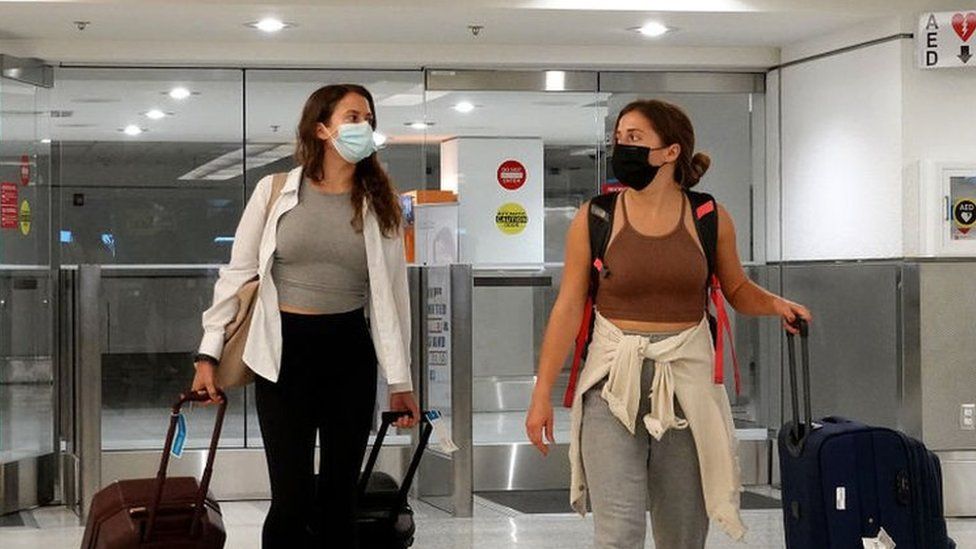
This article is more than
5 year oldWhite House requesting $1.25B as part of $2.5B plan to fight coronavirus
The White House is requesting $1.25 billion in emergency funding from Congress as part of a total commitment of $2.5 billion to fight the novel coronavirus, according to a congressional official.
If approved, the funds will be earmarked for accelerated vaccine development, to support preparedness and response activities, and for the procurement of equipment and supplies, according to the White House Office of Management and Budget.
However, House Speaker Nancy Pelosi called the request "long overdue and completely inadequate to the scale of this emergency." She also accused President Donald Trump of leaving "critical positions in charge of managing pandemics at the National Security Council and the Department of Homeland Security vacant."
"The President’s most recent budget called for slashing funding for the Centers for Disease Control, which is on the frontlines of this emergency. And now, he is compounding our vulnerabilities by seeking to ransack funds still needed to keep Ebola in check," Pelosi said in a statement on Twitter early Tuesday morning. "Our state and local governments need serious funding to be ready to respond effectively to any outbreak in the U.S. The President should not be raiding money that Congress has appropriated for other life-or-death public health priorities."
She added that lawmakers in the House of Representatives "will swiftly advance a strong, strategic funding package that fully addresses the scale and seriousness of this public health crisis."
MORE: White House prepares emergency spending request for coronavirusAs of Monday, 53 people in the United States had tested positive for the newly discovered virus, known officially as COVID-19, which emerged in China back in December. Of those cases, 39 are among people who were repatriated to the United States on charter flights from the Chinese city of Wuhan, the epicenter of the outbreak, or from the Diamond Princess cruise ship, which remains quarantined in the Japanese port of Yokohama.
There have been 14 additional cases of COVID-19 diagnosed by the American health care system, according to the U.S. Centers for Disease Control and Prevention. All but two of those cases are among people who traveled to China, and the two cases involving human-to-human transmission occurred between individuals in the same household.
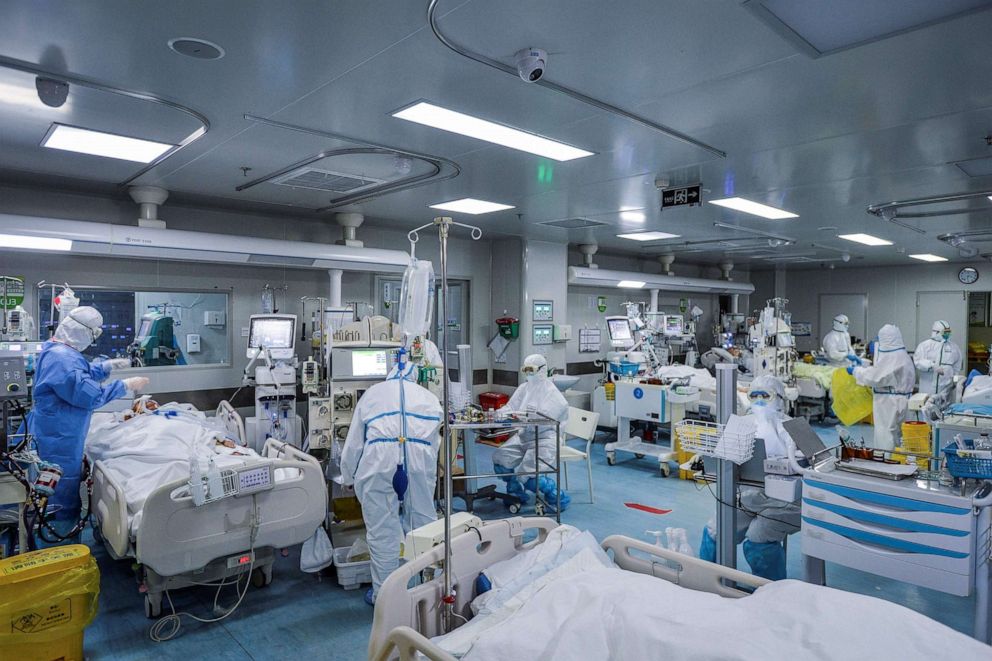
As of Tuesday, China's National Health Commission said it has received 77,658 reports of confirmed cases and 2,663 deaths on the Chinese mainland. More than 83% of the cases and all but one death were in Hubei province, which includes the city of Wuhan. Chinese authorities have since placed the city under lockdown.
An additional 121 confirmed infections have been reported in the special administrative regions of Hong Kong and Macao as well as Taiwan, with two deaths in Hong Kong and one in Taiwan, according to China's National Health Commission.
WHO experts in China are currently reporting a 2-4% fatality rate in Wuhan and a 0.7% fatality rate outside of the city. For mild cases of the disease, there's a roughly two-week recovery rate, and for more severe cases, the recovery rate is between three and six weeks.
COVID-19 causes symptoms similar to pneumonia, ranging from the mild, such as a slight cough, to the more severe, including fever and difficulty breathing, according to the U.S. Centers for Disease Control and Prevention. There is no vaccine yet for the virus.
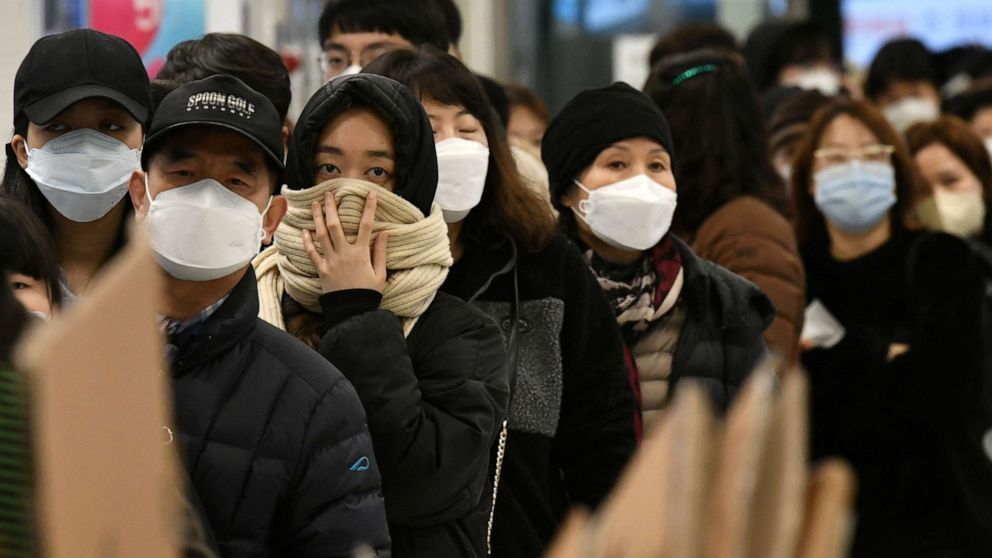
The novel coronavirus has continued to spread overseas, with at least 2,069 confirmed cases in 29 other countries, resulting in at least 23 fatalities, according to the latest data from the World Health Organization, which has declared the outbreak a global health emergency.
Although the virus "absolutely" has the potential to become a pandemic, WHO director-general Tedros Adhanom Ghebreyesus said it's still too soon to classify it that way.
"For the moment, we are not witnessing the uncontained global spread of this virus and we are not witnessing large-scale severe disease or deaths," he told reporters at a press conference in Geneva on Monday. "Does this virus have pandemic potential? Absolutely it has. Are we there yet from our assessment? Not yet."
MORE: US military dependent in South Korea diagnosed with coronavirus, triggering precautionsSouth Korea reported another surge in new infections overnight, making it the second-highest national total behind China. As of Tuesday, South Korea's Centers for Disease Control and Prevention has recorded 893 confirmed cases and nine deaths.
The recent spike in cases promoted the U.S. Centers for Disease Control to issue a warning on Monday advising American to avoid traveling to South Korea. The federal agency raised its travel warning to the highest level -- "avoid unnecessary travel" -- for those contemplating travel to the East Asian nation.
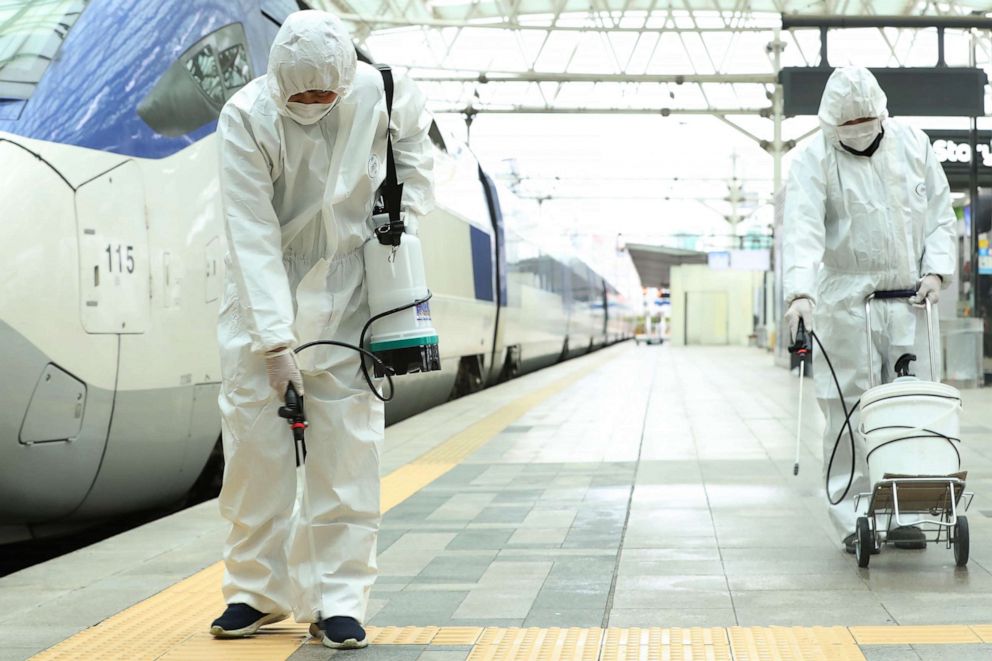
The heightened warning came on the same day that officials said a relative of a U.S. service member in South Korea had been diagnosed with the novel coronavirus. In a press release, U.S. Forces Korea announced that it had been informed by South Korea's Centers for Disease Control and Prevention that a military dependent living in Daegu had tested positive for COVID-19.
It's the first time a U.S. Forces Korea-related individual has been infected with the virus, according to the press release.
South Korean Defense Minister Jeong Kyeong-Doo said that, as of Monday, there were 13 South Korean military personnel infected.
Partly as a result, U.S. Defense Secretary Mark Esper said Monday that the United States and South Korea were considering scaling back an upcoming joint military command exercise.

Japan has the third-highest national total, when including the nearly 700 cases diagnosed aboard the Diamond Princess cruise ship.
The cruise ship has been quarantined at Yokohama port since Feb. 5 and 695 people on board have tested positive for COVID-19. Three passengers have died, all of whom were Japanese nationals and in their 80s, according to Japan's Ministry of Health, Labor and Welfare.
All those who have been infected were brought ashore for treatment, while the rest were confined to their rooms until the quarantine period ends. Passengers who have tested negative for the virus have been disembarking the ship since last Wednesday.
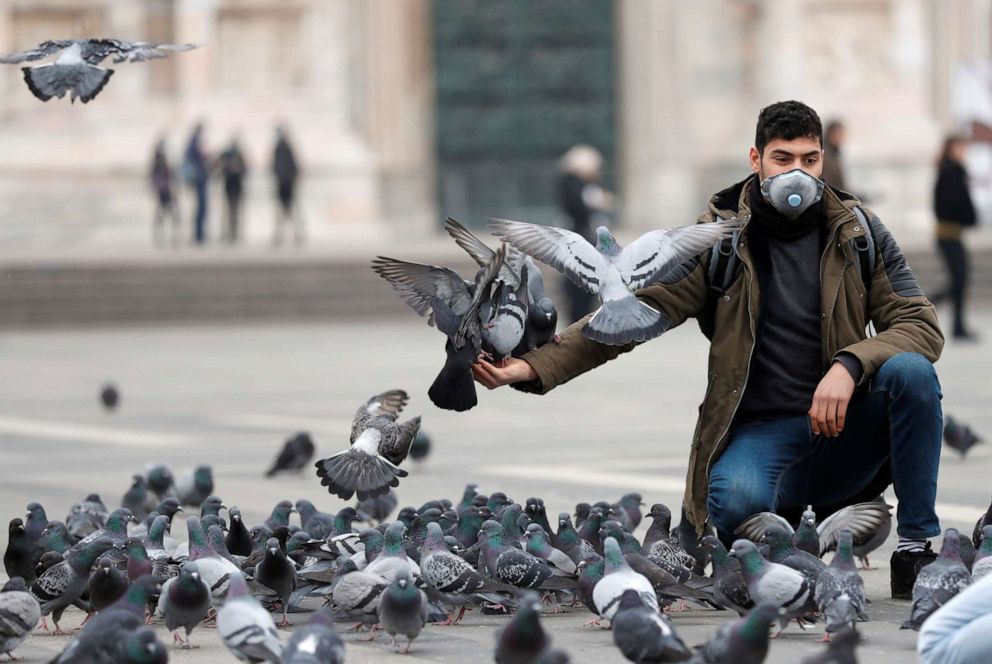
Clusters of coronavirus cases have also popped up in Italy and Iran, raising concerns of the global spread of the outbreak.
As of Monday, Italy's Ministry of Health had recorded 229 confirmed cases and six fatalities. About 75% of those cases were in the northern Lombardy region, prompting some towns to suspend public gatherings, demonstrations and sporting events and to close schools, businesses and restaurants.
The initial cases in Italy were linked to Chinese tourists, according to the health ministry.
At least 43 cases have been confirmed in Iran, along with eight deaths, according to the latest data from the WHO.
Schools were closed across the country on Tuesday for a second day, and health workers have begun a daily sanitizing of public buses and the Tehran metro.
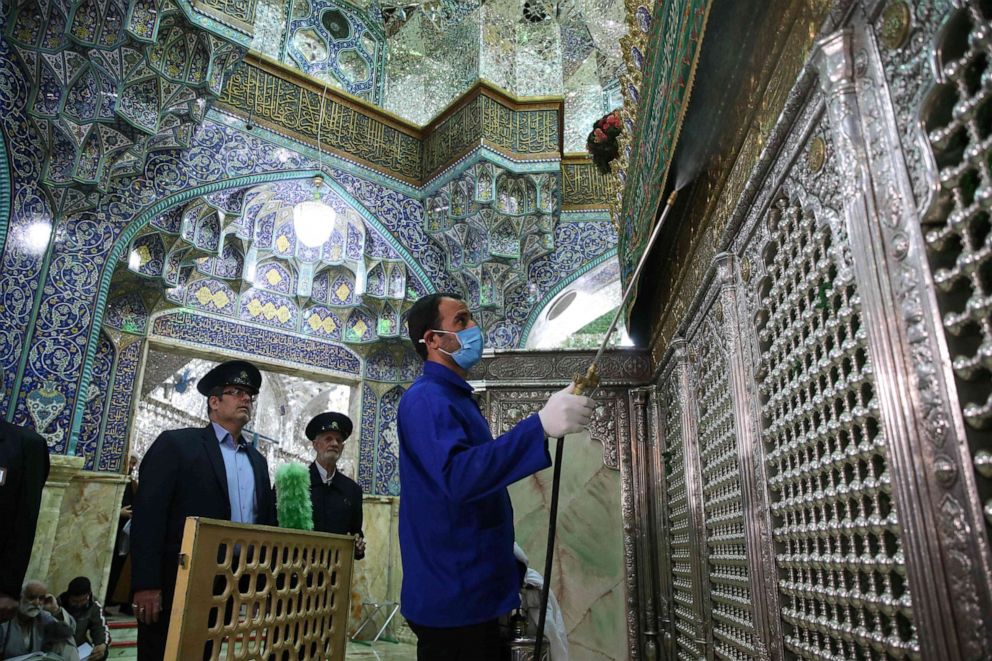
Meanwhile, a tourist hotel on the island of Tenerife in Spain's Canary Islands has been placed under quarantine after an Italian guest tested positive for COVID-19. The guest, a doctor from Italty's virus-hit Lombardy region, went to a local hospital on Monday and was placed in isolation along with his wife, who tested negative for the disease, public health officials for the Canary Islands told ABC News.
Around 1,000 guests staying at the Costa Adeje Palace hotel have been confined to their rooms while health workers test everyone for the virus on Tuesday. All samples will be sent to Madrid for testing, officials told ABC News.
So far, Spain has two confirmed cases of the novel coronavirus, according to the WHO.


